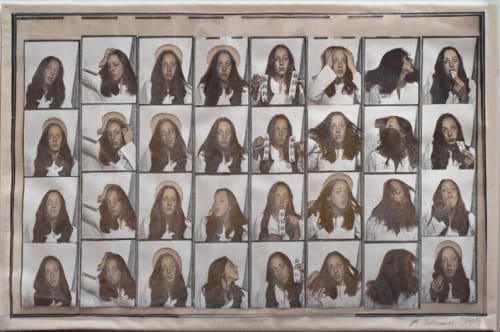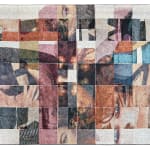National Gallery of Canada
Collecting Cards: Cartes-de-visite
By Isadora Chicoine-Marinier
Did you know that business cards first appeared in Europe during the 17th century? Known as "calling cards" or "visiting cards," they featured the person's name, address, and a crest or other symbol. People exchanged them socially, and merchants handed them out to their customers.
In photography, a carte-de-visite is a type of portrait - also meant to be exchanged - that first appeared during the second half of the 19th century. Before that, photographers produced daguerreotypes and direct positives on collodion (ambrotypes) to create portraits. These processes resulted in a single image, which was difficult to reproduce unless re-photographed or printed using lithography or engraving. Multiples and large-format prints were made using wet collodion negatives, a technique that was more expensive.
[...] The invention of the carte-de-visite made photographic portraits accessible to the middle class. The cards were the first mass-produced photographic products. With images printed on paper, then cut apart separately, the carte-de-visite was a precursor to the instant portraits produced in booths originally known as Photomatons. Following the installation of the first Photomaton in 1928, photo booths allowed people to take their own portraits. All a person had to do was enter the booth, trigger the camera with a coin, and wait for the images to be printed.
Generations of artists, from surrealists to pop and conceptual artists, have engaged with the photo-booth concept to play with the codes of portraiture, create sequences of images, explore automatic processes, and examine their own identities.
In 1974, Canadian artist Barbara Astman created the work 32 Self-Portraits, capturing images of herself within the intimacy of a photo booth. Back in the studio, she photocopied the strips of photographs onto plastic film, which she sewed onto canvas, forming a grid resembling a contact sheet. She also added colour to the portraits, recalling the hand-painting on many 19th-century photographs.


